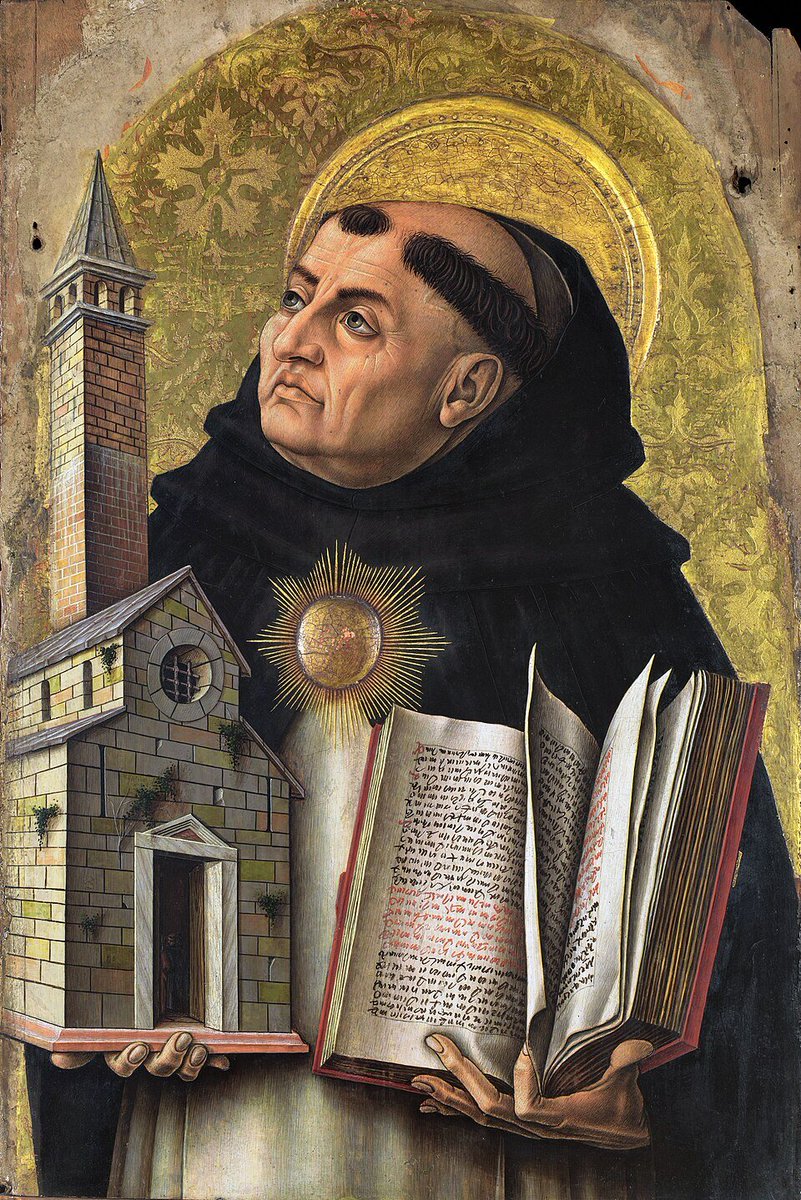They said it was the Dark Ages, yet Europe was igniting architectural wonders that continue to mesmerize the world to this day.
Let's delve into these timeless masterpieces. 🧵⤵️
Let's delve into these timeless masterpieces. 🧵⤵️

1. Aachen Cathedral, built in 796 AD, crowned Charlemagne and symbolized the Holy Roman Empire's power. 

2. St. Peter's Basilica - The original church was built in the 4th century by Emperor Constantine, the Roman empire’s first Christian emperor, on the spot where St. Peter was thought to be buried. The new church was constructed between 1506 and 1626.




3. Hagia Sophia, completed in 537 AD, transformed into a mosque in 1453, marking the Ottomans' triumph over Constantinople. 

4. The Monastery of San Juan de la Peña, from the 9th century, allegedly protected the Holy Grail against Muslim conquest. 

5. St. Mark's Basilica, initially erected in 828 AD, gained fame when Venice acquired Saint Mark's relics, boosting its religious clout. 

6. Mont Saint-Michel, established in 966 AD, repelled an English siege in 1433, showcasing French defiance in the Hundred Years' War. 

7. The Viking raid on Lindisfarne Priory in 793 AD, founded in 634, signaled the dawn of the Viking Age. 

8. Santa Maria in Cosmedin, built in the 8th century, became known for the Mouth of Truth, enveloped in legends. 

9. St. Michael's Mount, with its monastery from the 8th century, is tied to myths of Archangel Michael's appearance in 495. 

10. The Rock of Cashel, rooted in the 4th century, is where St. Patrick reputedly used a shamrock to explain the Holy Trinity. 

11. Ravenna's 5th and 6th-century monuments stood at the heart of empire transitions, reflecting its changing fortunes. 

12. St. Gall Monastery, founded in 719 AD, preserved medieval knowledge in its library through turbulent times. 

13. Bobbio Abbey, established in 614 AD, became a center of learning, safeguarding classical texts during the Middle Ages. 

14. The Glosses of San Millán, from the 6th-century San Millán Yuso and Suso Monasteries, are among the earliest examples of Spanish and Basque languages. 

15. The Basilica of Saint Denis, with origins in the 7th century, became the burial site for French kings, linking it closely with France's monarchical history. 

These buildings not only exemplify architectural mastery but also stand as silent witnesses to pivotal moments that shaped Europe.
What other structures did I miss that were built between 500 AD and 1000 AD.
What other structures did I miss that were built between 500 AD and 1000 AD.

• • •
Missing some Tweet in this thread? You can try to
force a refresh























